In the wild, parenting isn’t just about feeding and cuddling—it’s a high-stakes game of survival. Across species, some parents go to extraordinary lengths to safeguard their offspring, showcasing behaviors that are as strategic as they are heartwarming. From mammals to reptiles, these animal parents demonstrate that fierce protection knows no bounds
1. Grizzly Bears: The Quintessential Mama Bear

Grizzly bear mothers are renowned for their unwavering dedication to their cubs. They’ll confront predators, including humans, with ferocity if they perceive a threat to their young. According to the Environmental Literacy Council, grizzly mothers are among the most protective in the animal kingdom.​
These maternal instincts are not just about aggression; they also involve teaching cubs essential survival skills. From foraging techniques to navigating their environment, mother grizzlies provide comprehensive education. Their commitment ensures that cubs are well-equipped to thrive independently. This combination of protection and instruction exemplifies the depth of their parental care.​
2. African Elephants: The Matriarchal Guardians
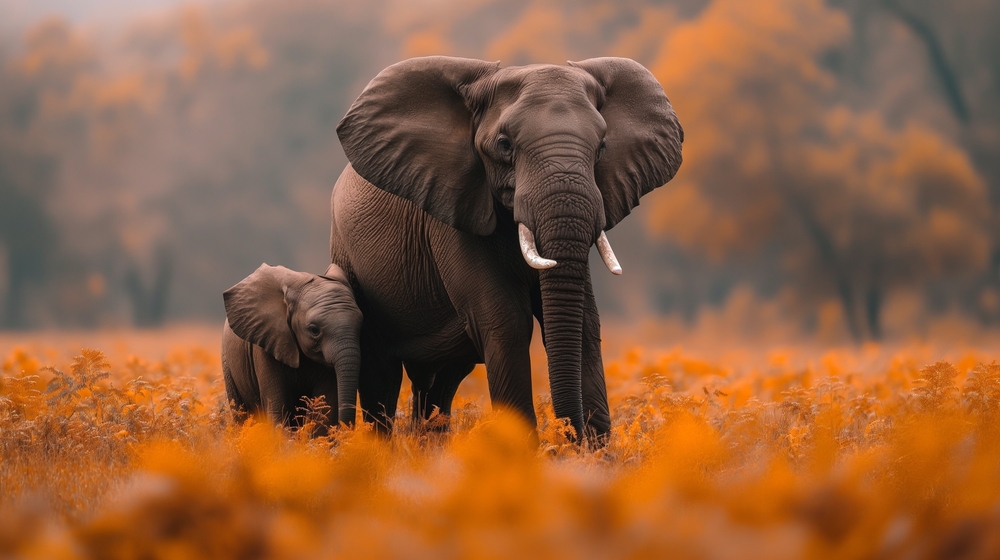
African elephant herds are led by matriarchs who prioritize the safety and well-being of their young. These leaders utilize their experience to navigate threats and find resources. The Environmental Literacy Council highlights elephants as some of the most protective mothers in the animal world.​
Beyond individual care, elephant herds exhibit communal parenting, with all members contributing to calf rearing. This collective effort ensures that calves are constantly supervised and protected. The social structure of elephant herds reinforces the importance of group defense mechanisms. Their cohesive units are a testament to the power of collective parental investment.​
3. Cichlid Fish: Mouthbrooding Protectors
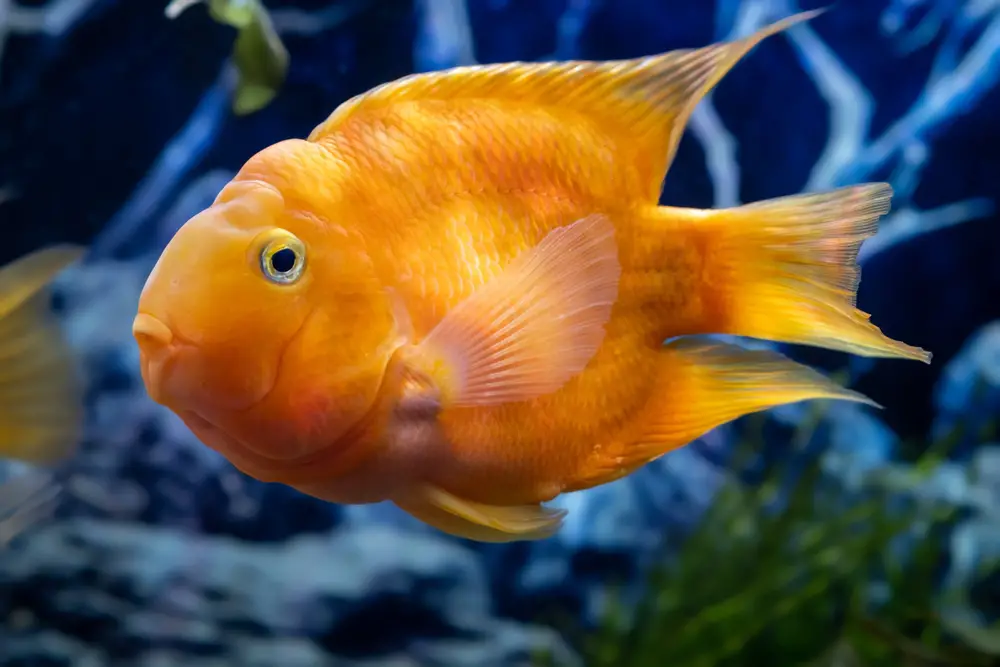
Cichlid fish exhibit a unique form of parental care known as mouthbrooding, where parents carry eggs and fry in their mouths to shield them from predators. This method provides a mobile and secure environment for the developing young. As noted by Discover Wild Science, this behavior ensures higher survival rates for the offspring.​
The commitment to mouthbrooding often requires parents to forgo eating, highlighting the sacrifices made for offspring survival. This level of dedication underscores the evolutionary importance of parental investment in this species. By prioritizing the safety of their young over their own immediate needs, cichlid parents exemplify selfless care. Their actions are a compelling example of the lengths to which animal parents will go to protect their progeny.​
4. Emperor Penguins: Fathers on Ice
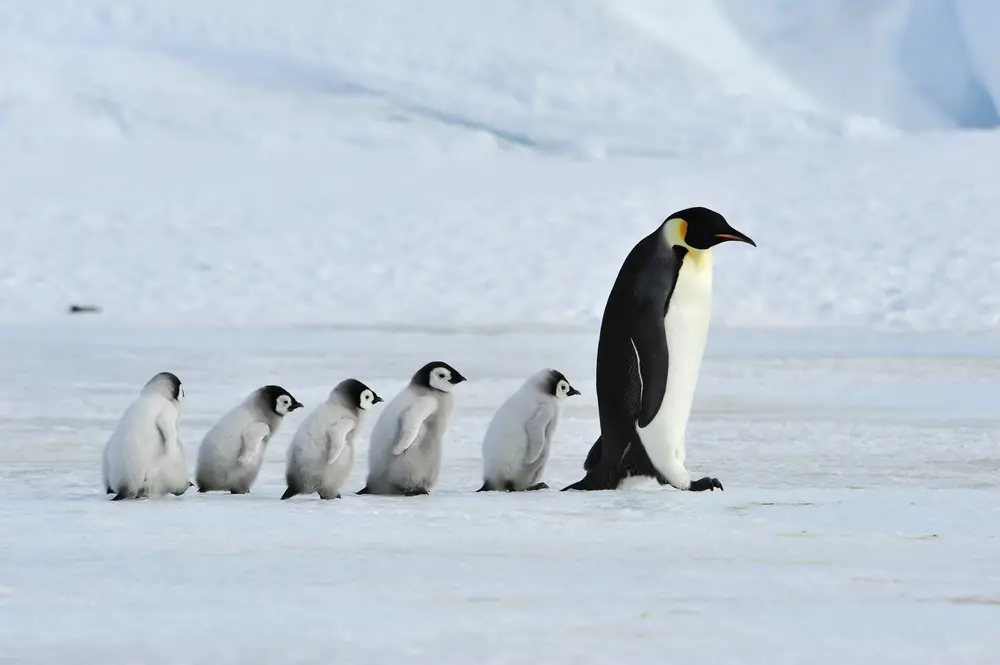
In the harsh Antarctic environment, male emperor penguins take on the primary role of incubating eggs. They balance the eggs on their feet, covering them with a brood pouch to keep them warm. During this period, which can last up to two months, the males fast and endure extreme cold to ensure the eggs’ survival.​
This remarkable paternal investment allows the females to replenish their energy reserves at sea. Upon their return, the roles reverse, and the females take over feeding the newly hatched chicks. This cooperative parenting strategy is vital for the species’ reproduction in such an unforgiving climate. The emperor penguin’s dedication is a striking example of paternal commitment in the animal kingdom.​
5. Orangutans: Extended Maternal Bonds
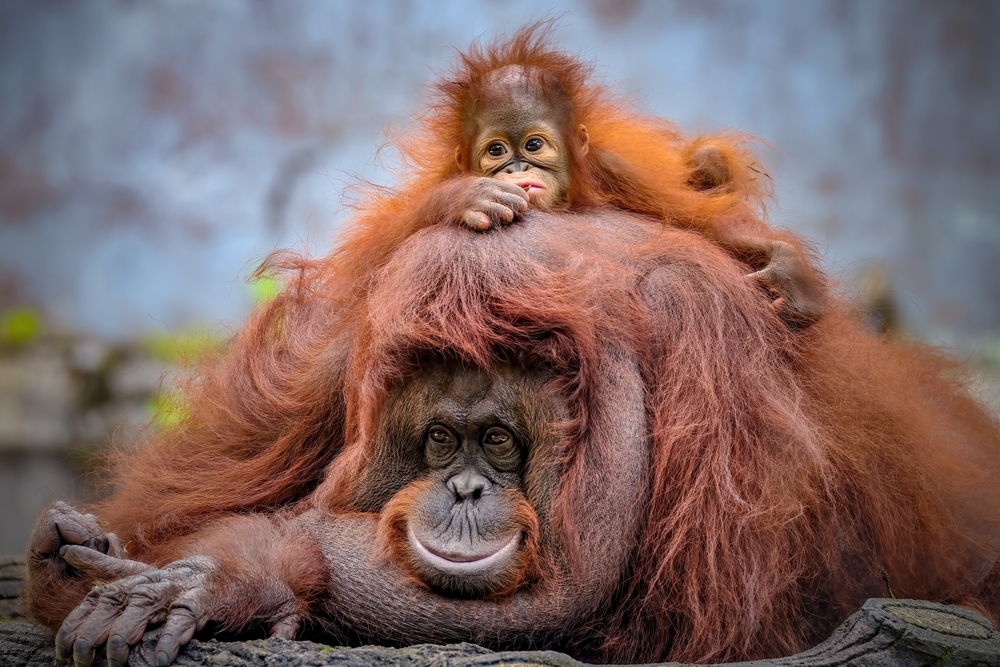
Orangutan mothers invest years in raising their offspring, one of the longest maternal dependencies among mammals. They teach their young essential survival skills, such as foraging and nest-building. This prolonged care ensures that the juveniles are well-prepared for independent life in the complex rainforest environment according to Animallot.com
The strong bond between mother and offspring is crucial for the young orangutan’s development. This relationship also plays a significant role in the social learning of the species. The extended maternal care reflects the high cognitive abilities and complex social structures of orangutans. Their parenting style is a profound demonstration of the depth of animal maternal instincts.​
6. Alligators: Reptilian Caretakers

Contrary to their fearsome reputation, female alligators are attentive mothers. They guard their nests diligently and assist hatchlings in reaching the water after birth. This protective behavior continues as they watch over their young for several months.​
Exploring Animals
During this period, the mother alligator responds to distress calls and defends her offspring from potential threats. This level of parental care is relatively rare among reptiles. It highlights the diverse strategies of offspring protection in the animal kingdom. Alligator maternal behavior challenges common perceptions of reptilian parenting.​
Wildlife Informer
7. Emperor Tamarins: Cooperative Parenting

Emperor tamarins are small primates with dramatic mustaches and even more dramatic family values. Unlike many species where females carry the brunt of parental care, emperor tamarins flip the script — fathers do the heavy lifting, literally. Males carry the babies nearly full-time, handing them off to mothers only for feeding. This division of labor allows both parents to thrive, while the babies are almost never left alone.
What’s more, other group members — usually older siblings — pitch in to help raise the young. This communal caregiving model isn’t just adorable; it’s practical and boosts survival rates. The shared responsibility builds social bonds and teaches juveniles how to parent by example. In the wild, teamwork isn’t just a bonus — it’s the secret weapon.
8. Polar Bears: Fierce and Focused
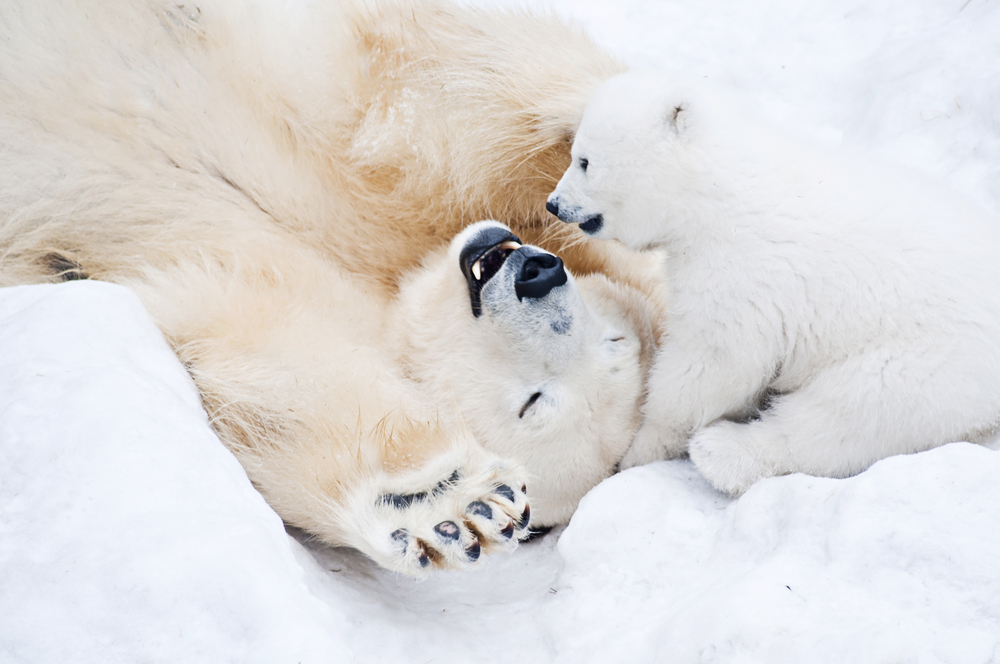
Polar bear mothers give a whole new meaning to single motherhood. After mating, they go through pregnancy, denning, and nursing without eating for up to eight months. During this time, they remain completely focused on birthing and nurturing their cubs in the safety of a snow den. Once they emerge, the mother is hyper-vigilant, teaching her cubs how to navigate the harsh Arctic world.
She’ll fend off predators — including male polar bears — with jaw-dropping intensity. Her only priority is making sure her cubs survive, and she will go without food, warmth, or rest to make that happen. These months are a masterclass in stamina and maternal instinct. It’s no wonder polar bear moms are often considered the most self-sacrificing parents in the animal kingdom.
9. Warthogs: Don’t Mess With Mama

They may not look like it, but warthogs are some of the boldest, fiercest animal parents on the African savanna. When danger approaches, mothers will stand their ground — charging predators like hyenas or wild dogs without hesitation. They’re known to risk injury or death to protect their piglets, often coordinating with other female warthogs for a collective defense. Even in the face of overwhelming odds, they rarely back down.
Warthog moms also use clever tactics, like hiding piglets in abandoned burrows for safety while they feed. But when it’s go-time, they won’t hesitate to throw down. Their maternal bravery proves that even the most unassuming creatures can be absolute warriors when it comes to their kids. Strength, it turns out, often comes with tusks and a whole lot of grit.
10. Red-Knobbed Hornbills: Sealed for Safety
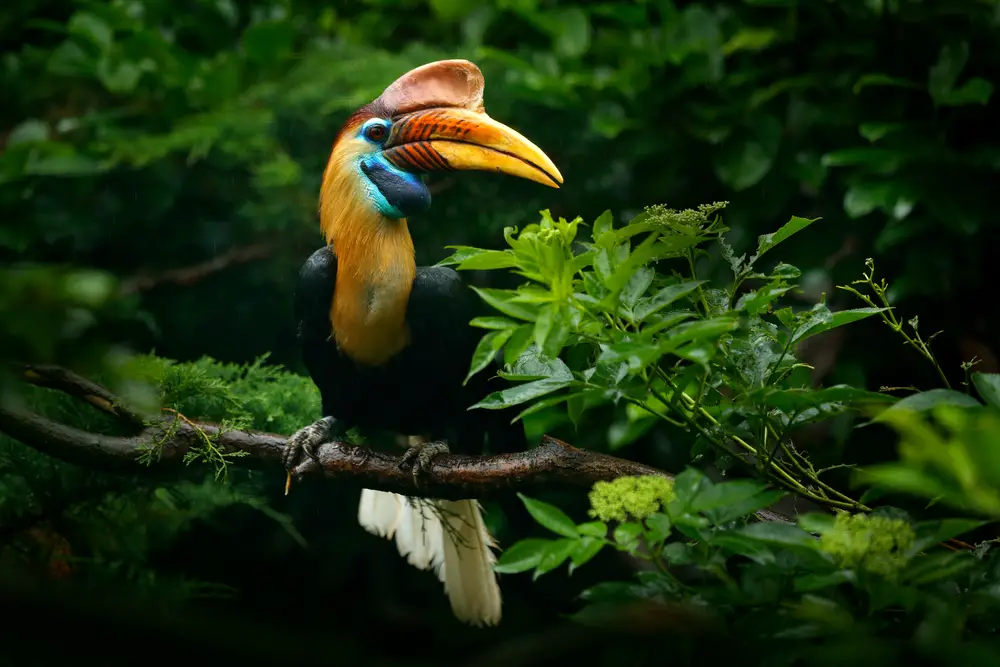
In one of nature’s most extreme parenting moves, the female red-knobbed hornbill allows herself to be sealed inside a tree cavity with her eggs. Once inside, the male hornbill and sometimes helpers pack mud and food pulp around the entrance, leaving only a narrow slit through which he feeds her and the chicks. This self-imposed lockdown lasts several weeks — until the chicks are ready to fledge. It’s a remarkable example of vulnerability transformed into protection.
By walling herself in, the mother keeps the eggs safe from snakes, predators, and other threats. The male’s role becomes equally crucial, as he provides food non-stop during the brooding period. If the male dies or disappears, the mother and chicks may not survive. It’s a testament to total trust, extreme sacrifice, and the lengths nature will go for the next generation.
11. Octopuses: Maternal Martyrs
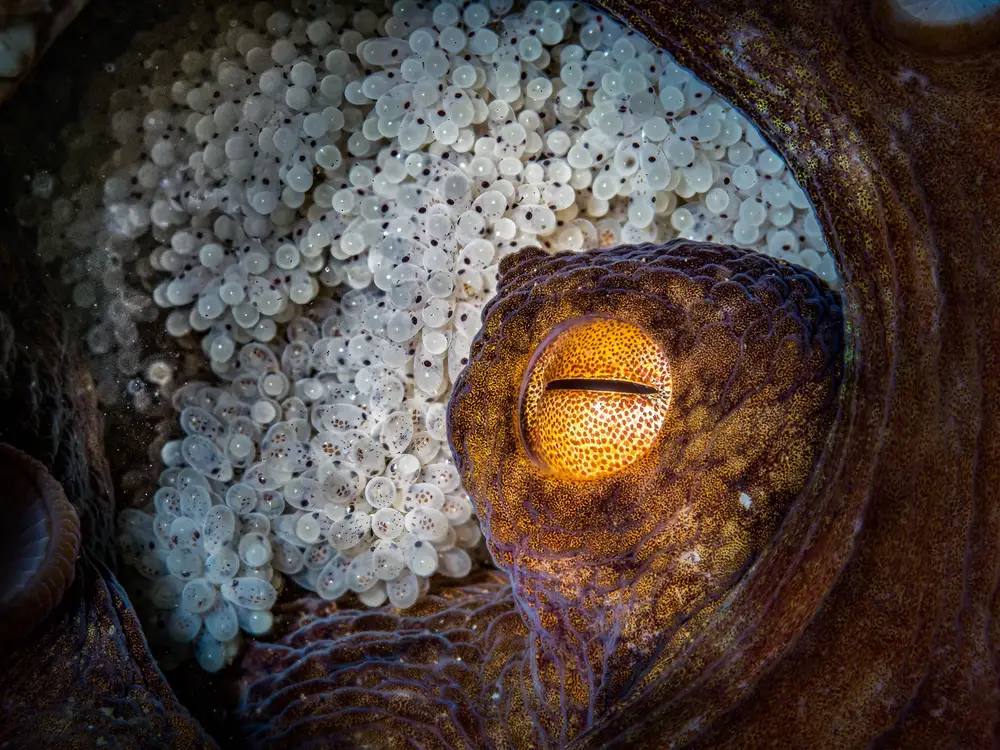
Female octopuses might win the award for most extreme parenting in the ocean — and that’s saying something. After laying tens of thousands of eggs, the mother octopus will guard them with obsessive vigilance, forgoing food and slowly starving to death in the process. According to researchers, her sole focus becomes keeping her brood oxygenated and clean, fanning them constantly with water until they hatch. Once the eggs are safe, her job — and often her life — is done.
It’s a brutal but fascinating evolutionary strategy known as semelparity, where an organism reproduces once and dies. While shocking to us, this one-shot method maximizes reproductive success in harsh marine environments. It’s also a stark reminder that in the animal world, parenthood can literally be all or nothing. The octopus mother doesn’t just sacrifice for her babies — she becomes the sacrifice.
12. Sea Otters: Floating Nurseries
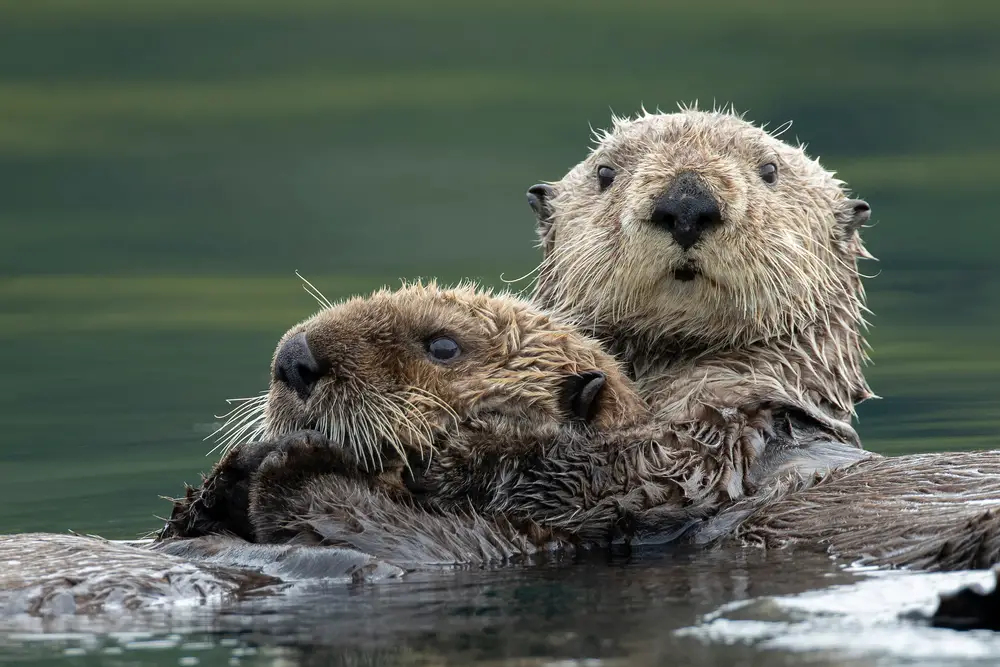
Sea otter moms are as nurturing as they are clever. They keep their pups afloat by resting them on their bellies or wrapping them in kelp to act as a natural baby leash. This ensures the pups stay secure while the mother dives for food. She grooms them constantly, maintaining the fluff that helps them stay buoyant and warm in frigid waters.
Mother otters even carry their pups for hours at a time, sometimes foregoing their own food to keep their little ones safe. If a pup cries out, a mother will abandon her hunt and rush back instantly. These maternal instincts are so finely tuned that scientists often observe them “rocking” their babies like humans do. It’s gentle, attentive, and an incredibly effective way to raise a sea-savvy survivor.
13. Canadian Geese: Winged Warriors
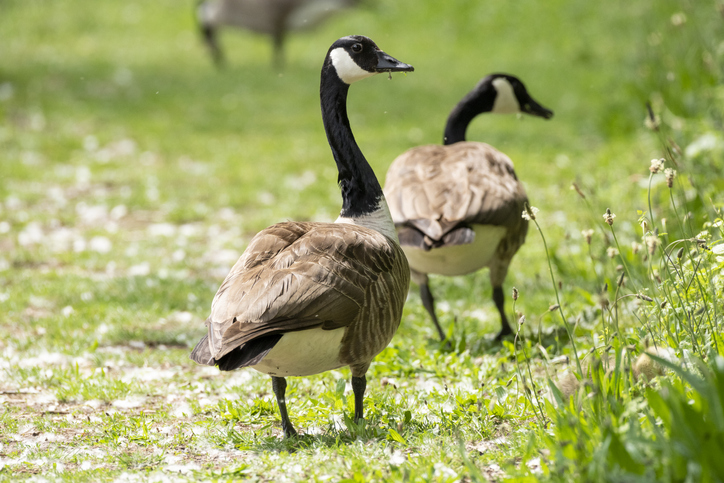
Canadian geese have a reputation for being aggressive — and nothing brings out their feistiness more than baby season. During nesting, both parents take turns guarding the eggs, but once the goslings hatch, all bets are off. They will hiss, charge, and even attack anything that gets too close — including humans, dogs, and other birds. It’s not just bluster; these birds will go full combat mode for their young.
What’s impressive is how united the parents are in their efforts. They co-parent diligently, watching for aerial predators and leading their chicks to safe foraging grounds. They’re like the helicopter parents of the bird world — only with actual wings. Their territorial behavior may be annoying at the park, but it’s also one of nature’s fiercest family defenses.
